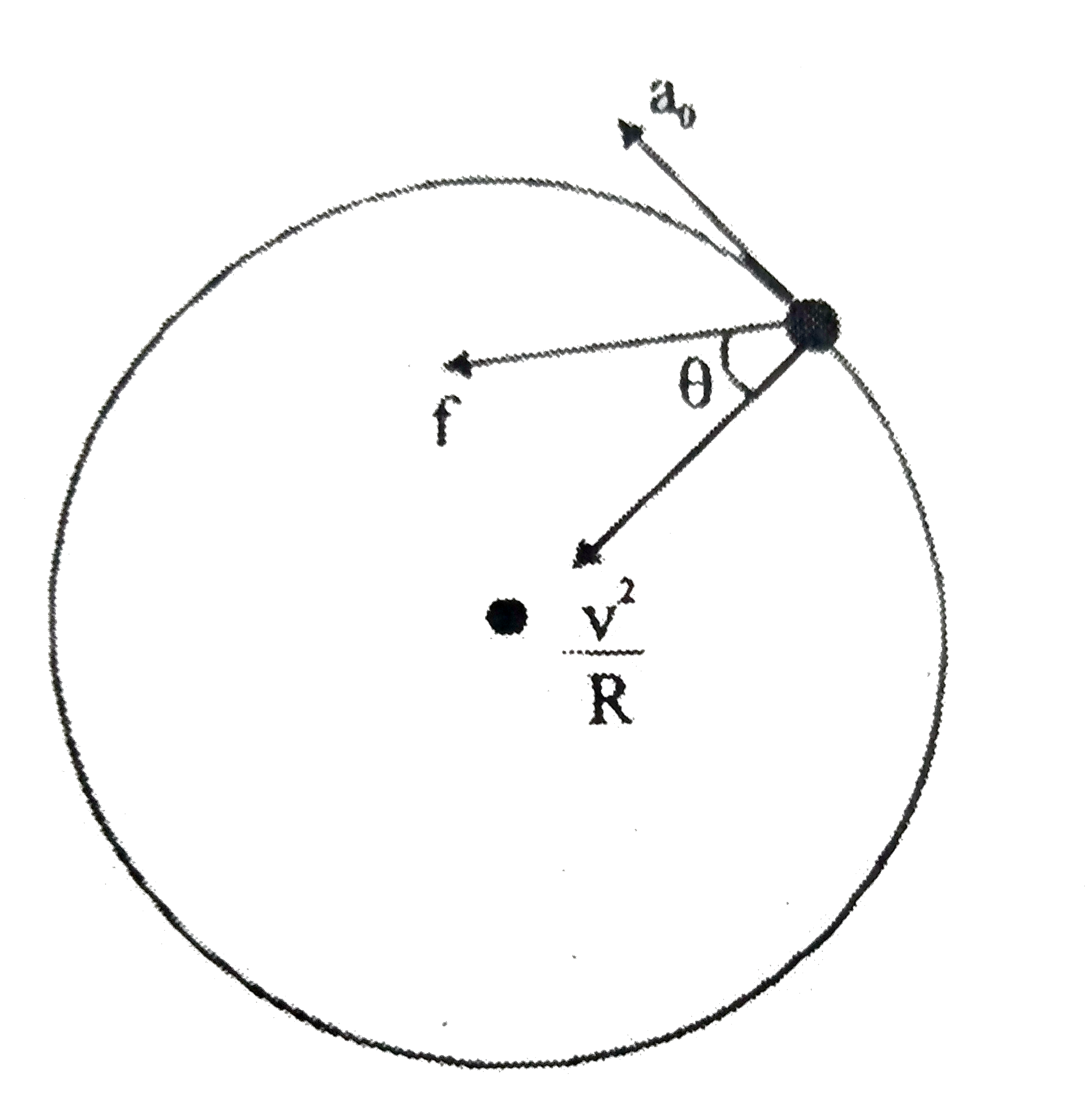Text Solution
Verified by Experts
|
Topper's Solved these Questions
CIRCULAR MOTION
ALLEN|Exercise EXERCISE (S-1)|10 VideosView PlaylistCIRCULAR MOTION
ALLEN|Exercise Dynamics of circular motion|8 VideosView PlaylistBASIC MATHS
ALLEN|Exercise Question|1 VideosView PlaylistCURRENT ELECTRICITY
ALLEN|Exercise All Questions|427 VideosView Playlist
Similar Questions
Explore conceptually related problems
Knowledge Check
Similar Questions
Explore conceptually related problems
ALLEN-CIRCULAR MOTION-EXERCISE (J-A)
- A car starts from rest with a constant tangential acceleration a(0) in...
08:32
|
Playing Now - A ball of mass (m) 0.5 kg is attached to the end of a string having le...
03:48
|
Play - Consider a disc rotating in the horizontal plane with a constant angul...
11:14
|
Play - Two identical discs of same radius R are rotating about their axes in ...
03:11
|
Play - A wire, which passes through the hole in a small bead, is bent in the ...
03:39
|
Play - A frame of reference that is accelerated with respect to an inertial f...
20:36
|
Play - A frame of reference that is accelerated with respect to an inertial f...
20:36
|
Play
